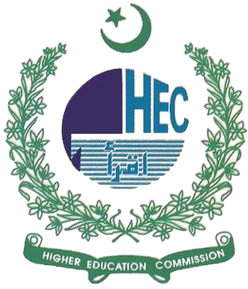THE PRESTIGE OF ENGLISH VS. URDU: A SOCIOLINGUISTIC ANALYSIS OF DIGLOSSIA AND SOCIAL CLASS IN PAKISTAN
DOI:
https://doi.org/10.63878/jalt1061Keywords:
Language Prestige; Social Stratification; Diglossia; Sociolinguistics; English in Pakistan; Urdu Language; Language Discrimination.Abstract
This study explores the sociolinguistic dynamics between English and Urdu in Pakistan, examining how language functions as both a marker and a mechanism of social stratification. In a society where English symbolizes privilege, authority, and modernity, while Urdu—despite being the national language—is associated with informality and lower prestige, the coexistence of these languages reflects a state of diglossia intricately tied to socioeconomic class divisions. Drawing on theories such as Ferguson’s diglossia model and Bourdieu’s concept of linguistic capital, the research investigates how language choice in informal settings reinforces class boundaries and contributes to psychological and emotional outcomes for speakers of different linguistic backgrounds. Utilizing a mixed-methods approach, the study integrates both qualitative and quantitative data to provide a holistic understanding of the prestige attributed to English and Urdu across diverse social classes. The findings reveal deep-rooted social attitudes, where English continues to be viewed as a gateway to education, employment, and upward mobility, while Urdu is relegated to domestic and emotional domains. Furthermore, the study highlights the emotional toll of linguistic discrimination, often leaving speakers of Urdu and regional languages feeling marginalized. By advocating for inclusive language policies that recognize and value linguistic diversity, this research contributes to broader efforts aimed at reducing social inequalities and promoting linguistic justice in Pakistan. The outcomes of this study have significant implications for educators, policymakers, and social activists working toward a more equitable society.
Downloads
Published
Issue
Section
License

This work is licensed under a Creative Commons Attribution-NonCommercial-NoDerivatives 4.0 International License.


